Home>Gardening & Outdoor>Landscaping Ideas>How To Prepare A Vegetable Garden Bed
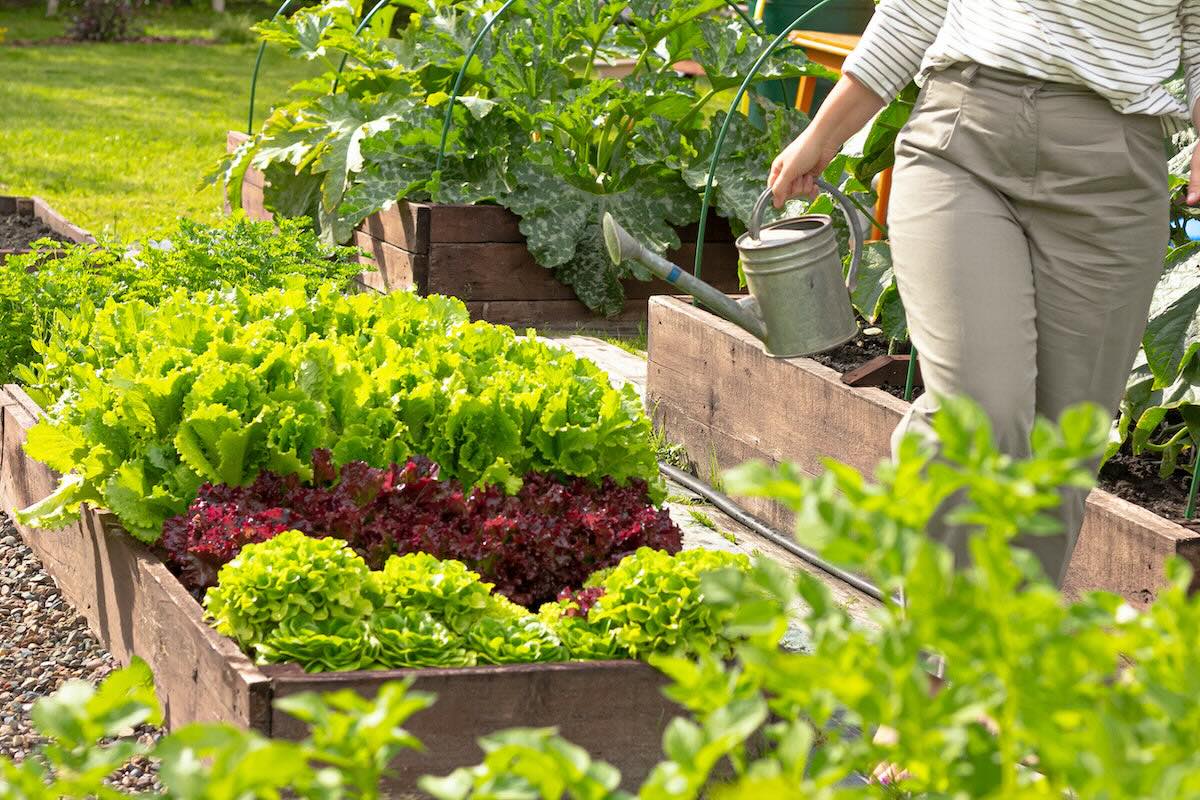

Landscaping Ideas
How To Prepare A Vegetable Garden Bed
Modified: October 19, 2024
Learn how to prepare a vegetable garden bed with our expert landscaping ideas. Get tips for creating the perfect garden space. Start your gardening journey today!
(Many of the links in this article redirect to a specific reviewed product. Your purchase of these products through affiliate links helps to generate commission for Storables.com, at no extra cost. Learn more)
Choosing the Right Location for Your Garden Bed
Selecting the ideal location for your vegetable garden bed is crucial for the success of your plants. Here are some key factors to consider when choosing the right spot:
-
Sunlight Exposure: Ensure that your garden bed receives an adequate amount of sunlight, ideally 6-8 hours per day. Most vegetables thrive in full sunlight, so it's essential to position your garden in an area with ample exposure to the sun.
-
Soil Quality: Assess the soil quality in different areas of your yard. Look for well-draining soil that is rich in organic matter. Avoid low-lying areas that may become waterlogged, as excessive moisture can lead to root rot and other issues.
-
Proximity to Water Source: Consider the proximity of your garden bed to a water source. It's convenient to have easy access to water for irrigation, especially during dry spells. If possible, position your garden bed near a water spigot or install a drip irrigation system for efficient watering.
-
Protection from Wind: While sunlight is essential, excessive wind can be detrimental to delicate vegetable plants. Choose a location that offers some protection from strong winds, such as near a fence or hedge.
-
Accessibility: Think about the accessibility of the garden bed. It should be easily accessible for planting, weeding, and harvesting. Additionally, consider the proximity to your home, as having the garden bed within view can serve as a constant reminder to tend to your plants.
-
Space and Layout: Evaluate the available space and layout of your yard. Determine the size and shape of the garden bed based on the types of vegetables you intend to grow. Consider any existing landscaping features and plan the layout to complement the overall aesthetics of your outdoor space.
By carefully considering these factors, you can select an optimal location for your vegetable garden bed, setting the stage for a thriving and bountiful harvest.
Key Takeaways:
- Choose a sunny, well-drained spot with easy access to water and protection from wind for a thriving vegetable garden bed. Consider soil quality, accessibility, and layout to set the stage for a bountiful harvest.
- Clear, test, loosen, and enrich the soil before planting to create a nurturing environment for your vegetable garden. Incorporate compost and fertilizer for improved fertility and robust plant growth.
Read more: How To Prepare A Garden For Winter
Clearing and Preparing the Soil
Before you start planting your vegetable garden, it's essential to prepare the soil to provide an optimal environment for your plants to thrive. Clearing and preparing the soil is a crucial step that sets the foundation for healthy growth and abundant yields. Here's a detailed guide on how to effectively clear and prepare the soil for your vegetable garden bed.
Clearing the Area
Begin by clearing the designated area of any debris, including rocks, branches, and weeds. Use a rake or garden hoe to remove any surface-level obstructions that could impede the growth of your vegetables. By clearing the area, you create a clean canvas for cultivating your garden bed, allowing your plants to establish strong root systems without competition from unwanted vegetation.
Testing the Soil
Conduct a soil test to assess its composition and nutrient levels. You can obtain a soil testing kit from a local garden center or cooperative extension office. The test will provide valuable insights into the pH level, nutrient content, and organic matter present in the soil. Based on the results, you can make informed decisions about the amendments needed to optimize the soil for vegetable cultivation.
Loosening the Soil
Using a garden fork or tiller, loosen the soil to a depth of 8-12 inches. This process aerates the soil, promoting better drainage and root penetration. Avoid working the soil when it's excessively wet, as this can lead to compaction and disrupt the soil structure. Loosening the soil creates a favorable environment for beneficial soil organisms and allows the roots of your vegetables to access essential nutrients and moisture.
Read more: How To Prepare For A Garden
Removing Weeds and Unwanted Growth
Thoroughly remove any persistent weeds and unwanted vegetation from the area. It's crucial to eliminate the roots of perennial weeds to prevent them from regrowing and competing with your vegetables for resources. By clearing the area of weeds, you reduce the likelihood of weed infestations and provide your vegetable plants with a competitive edge in accessing nutrients and water.
Incorporating Organic Matter
Enrich the soil by incorporating organic matter, such as compost or well-rotted manure. Organic matter improves soil structure, enhances moisture retention, and provides essential nutrients for plant growth. Spread a layer of compost over the prepared soil and use a garden fork to gently mix it in, ensuring even distribution throughout the planting area. This step contributes to the overall fertility and health of the soil, creating an optimal growing medium for your vegetables.
By diligently clearing and preparing the soil, you establish a nurturing environment that supports the growth and productivity of your vegetable garden. This foundational groundwork sets the stage for successful cultivation and a bountiful harvest of fresh, homegrown produce.
Adding Compost and Fertilizer
Once the soil is cleared and prepared, the next crucial step in establishing a nutrient-rich environment for your vegetable garden bed is the addition of compost and fertilizer. This essential stage ensures that your plants have access to the vital nutrients they need to thrive and produce a bountiful harvest. Here's a detailed guide on how to effectively add compost and fertilizer to your garden bed.
Incorporating Compost
Compost is a valuable organic amendment that enriches the soil with essential nutrients, improves its structure, and enhances its ability to retain moisture. When adding compost to your garden bed, aim to incorporate a generous layer of compost into the top several inches of soil. This can be achieved by spreading a 2-3 inch layer of compost over the planting area and gently mixing it into the soil using a garden fork or tiller. Ensure that the compost is evenly distributed to provide a consistent source of nutrients for your vegetable plants.
Read more: How To Prepare For Bed Bug Treatment
Selecting the Right Fertilizer
Choosing the appropriate fertilizer is crucial for providing your vegetable plants with the specific nutrients they require for healthy growth. Consider using a balanced, organic fertilizer that contains a mix of nitrogen, phosphorus, and potassium, as well as essential micronutrients. Organic fertilizers are preferred for vegetable gardening, as they promote soil health and microbial activity while minimizing the risk of chemical buildup in the soil.
Applying Fertilizer
Once the compost has been incorporated, apply the selected fertilizer according to the manufacturer's instructions. It's important to distribute the fertilizer evenly across the garden bed, taking care to avoid direct contact with the stems or leaves of the plants. After applying the fertilizer, gently work it into the top layer of soil to facilitate its integration and ensure that it is readily accessible to the plant roots.
Timing and Frequency
When adding compost and fertilizer to your garden bed, timing is key. It's advisable to perform this step before planting your vegetables to allow the nutrients to integrate into the soil and become readily available to the plants. Additionally, consider the specific requirements of different vegetable varieties and adjust the timing and frequency of fertilization accordingly. Some vegetables may benefit from additional fertilizer applications during their growth stages, while others may have more modest needs.
Benefits of Compost and Fertilizer
The combined addition of compost and fertilizer provides numerous benefits to your vegetable garden bed. These include improved soil fertility, enhanced water retention, balanced nutrient levels, and a favorable environment for beneficial soil organisms. Furthermore, the introduction of organic matter and essential nutrients sets the stage for robust plant growth, increased resistance to pests and diseases, and ultimately, a plentiful harvest of high-quality vegetables.
By diligently adding compost and fertilizer to your garden bed, you establish a nutrient-rich foundation that supports the health and productivity of your vegetable plants. This proactive approach to soil enrichment contributes to the overall success of your garden, ensuring that your plants have the necessary resources to flourish and yield an abundant supply of fresh, flavorful produce.
Read more: How To Create A Garden Bed
Creating Rows or Raised Beds
When it comes to organizing your vegetable garden, the layout of your planting beds plays a pivotal role in the overall success of your cultivation efforts. Creating rows or raised beds offers distinct advantages in terms of efficient space utilization, soil management, and plant health. Here's an in-depth exploration of the benefits and methods associated with these two approaches:
Traditional Rows
Organizing your vegetable garden into traditional rows involves creating straight, evenly spaced planting beds with designated pathways in between. This layout offers simplicity and ease of access for planting, weeding, and harvesting. Traditional rows are well-suited for larger garden spaces and are particularly advantageous for crops that require ample room to spread, such as corn, squash, and melons. When implementing traditional rows, it's essential to maintain consistent spacing between the plants to facilitate airflow, sunlight penetration, and efficient maintenance.
Raised Beds
Raised beds are elevated planting areas constructed above the ground level, typically enclosed within wooden frames or constructed using retaining wall blocks. These beds offer several compelling benefits, including improved drainage, enhanced soil warmth, and better control over soil composition. The elevated nature of raised beds also reduces the need for excessive bending and stooping, making them an accessible option for gardeners with physical limitations. Additionally, raised beds can be tailored to accommodate specific soil types and drainage requirements, providing an optimal growing environment for a diverse range of vegetables.
Advantages of Raised Beds
The advantages of raised beds extend beyond soil management and accessibility. These elevated planting areas offer better protection against soil compaction, minimize the risk of weed encroachment, and provide an opportunity for intensive planting. Furthermore, the defined borders of raised beds contribute to a more organized and visually appealing garden layout. The controlled environment of raised beds also facilitates the implementation of season-extending techniques, such as row covers and cold frames, enabling gardeners to extend the growing season and cultivate a wider variety of vegetables.
Read more: How To Mulch A Garden Bed
Implementation Considerations
When creating rows or raised beds, it's essential to consider the specific requirements of the vegetables you intend to grow. Factors such as sunlight exposure, water availability, and plant spacing should inform the layout and design of your garden beds. Additionally, the selection of appropriate materials for constructing raised beds, such as untreated lumber or composite timbers, is crucial to ensure the longevity and safety of the planting areas.
By carefully evaluating the advantages and considerations associated with traditional rows and raised beds, you can make an informed decision that aligns with your gardening goals and the unique characteristics of your outdoor space. Whether you opt for the straightforward organization of traditional rows or the tailored benefits of raised beds, the layout of your vegetable garden beds plays a pivotal role in fostering healthy plant growth and maximizing the productivity of your garden.
Planting Your Vegetables
Planting your vegetables is an exciting and pivotal phase in the journey of cultivating a thriving garden. This stage involves carefully selecting the appropriate vegetable varieties, determining optimal planting times, and ensuring proper spacing and depth for each plant. Here's a comprehensive guide to effectively planting your vegetables and setting the stage for robust growth and abundant harvests.
Selecting Vegetable Varieties
When choosing which vegetables to plant, consider factors such as your local climate, the length of the growing season, and the specific preferences of your household. Opt for varieties that are well-suited to your region's climate and can thrive in the available sunlight and soil conditions. Additionally, take into account the dietary preferences of your family to ensure that you cultivate a diverse array of vegetables that will be enjoyed and utilized.
Timing and Seasonal Considerations
Understanding the ideal planting times for different vegetables is essential for maximizing their growth potential. Some vegetables, such as tomatoes and peppers, thrive in warm weather and should be planted after the last frost date in your area. On the other hand, cool-season crops like lettuce and spinach can be planted early in the spring or late in the summer for a fall harvest. By aligning your planting schedule with the specific seasonal requirements of each vegetable variety, you can optimize their development and yield.
Read more: How To Design A Garden Bed
Spacing and Depth
Proper spacing and planting depth are critical factors that directly impact the health and productivity of your vegetable plants. Each vegetable variety has unique spacing requirements, which should be adhered to in order to prevent overcrowding and competition for resources. Additionally, planting at the appropriate depth ensures that the roots have sufficient access to moisture and nutrients while providing stability for the growing plants.
Soil Preparation and Planting Techniques
Before planting, ensure that the soil is adequately prepared with the necessary amendments and is at the optimal moisture level. Utilize gardening tools such as a trowel or dibber to create evenly spaced planting holes of the appropriate depth for each vegetable variety. Gently place the seedlings or seeds into the prepared holes, taking care to maintain the recommended spacing between plants. Once planted, gently firm the soil around the base of each plant to provide stability and promote root-to-soil contact.
Maintenance and Care
After planting your vegetables, it's essential to provide diligent care and maintenance to support their growth. This includes regular watering, monitoring for signs of pests and diseases, and implementing appropriate support structures for vining plants. Additionally, consider the application of organic mulch to conserve moisture, suppress weed growth, and regulate soil temperature around the plants.
By meticulously following these guidelines for planting your vegetables, you establish a solid foundation for the successful growth and development of your garden. This proactive approach sets the stage for a flourishing vegetable garden, abundant harvests, and the satisfaction of enjoying an array of fresh, homegrown produce.
Mulching and Watering Your Garden Bed
Mulching and watering are essential practices that contribute to the overall health and productivity of your vegetable garden bed. These crucial steps play a pivotal role in conserving moisture, regulating soil temperature, suppressing weed growth, and promoting the vigorous growth of your plants. Here's a detailed exploration of the benefits and best practices associated with mulching and watering your garden bed.
Read more: How To Clear A Garden Bed
Mulching Benefits
Mulching offers a multitude of benefits that significantly impact the growing conditions and vitality of your vegetable garden. By applying a layer of organic mulch, such as straw, shredded leaves, or wood chips, you create a protective barrier that helps retain soil moisture, reducing the frequency of watering while promoting consistent hydration for your plants. Additionally, mulch acts as an insulating layer, moderating soil temperature fluctuations and providing a stable environment for root development. The presence of mulch also inhibits weed growth, minimizing competition for nutrients and reducing the need for manual weeding, thereby saving time and effort in garden maintenance.
Mulching Techniques
When applying mulch to your garden bed, ensure that the soil is adequately moist to facilitate the integration of the mulch layer. Spread a 2-3 inch thick blanket of mulch over the soil surface, taking care to leave a small gap around the base of each plant to prevent moisture-related issues. It's important to replenish the mulch layer as needed to maintain the desired thickness and effectiveness, especially as it naturally decomposes over time. Additionally, consider the use of organic mulch materials that contribute to soil fertility as they break down, further enriching the growing environment for your vegetables.
Watering Best Practices
Proper watering is fundamental to the well-being of your vegetable plants, ensuring that they receive the moisture necessary for robust growth and development. When watering your garden bed, aim to provide a consistent and thorough soaking to encourage deep root establishment and minimize surface evaporation. It's advisable to water in the early morning to allow foliage to dry during the day, reducing the risk of fungal diseases. Alternatively, evening watering can also be effective, allowing the moisture to permeate the soil overnight and benefit the plants during the cooler hours.
Efficient Watering Techniques
Consider utilizing drip irrigation systems or soaker hoses to deliver targeted and efficient watering directly to the root zones of your plants. These methods minimize water waste and reduce the likelihood of foliage diseases by keeping the leaves dry. When hand-watering, focus on delivering the water directly to the base of the plants, ensuring that the soil is thoroughly moistened without causing water runoff. Regularly monitor the moisture levels in the soil to adjust your watering frequency and duration based on the specific needs of your vegetable varieties and the prevailing weather conditions.
By diligently implementing mulching and watering practices in your garden bed, you establish an optimal growing environment that fosters the health, resilience, and productivity of your vegetable plants. These proactive measures contribute to the sustainability and success of your garden, ensuring that your plants receive the essential care and resources needed to thrive and yield a plentiful harvest of fresh, flavorful produce.
Frequently Asked Questions about How To Prepare A Vegetable Garden Bed
Was this page helpful?
At Storables.com, we guarantee accurate and reliable information. Our content, validated by Expert Board Contributors, is crafted following stringent Editorial Policies. We're committed to providing you with well-researched, expert-backed insights for all your informational needs.
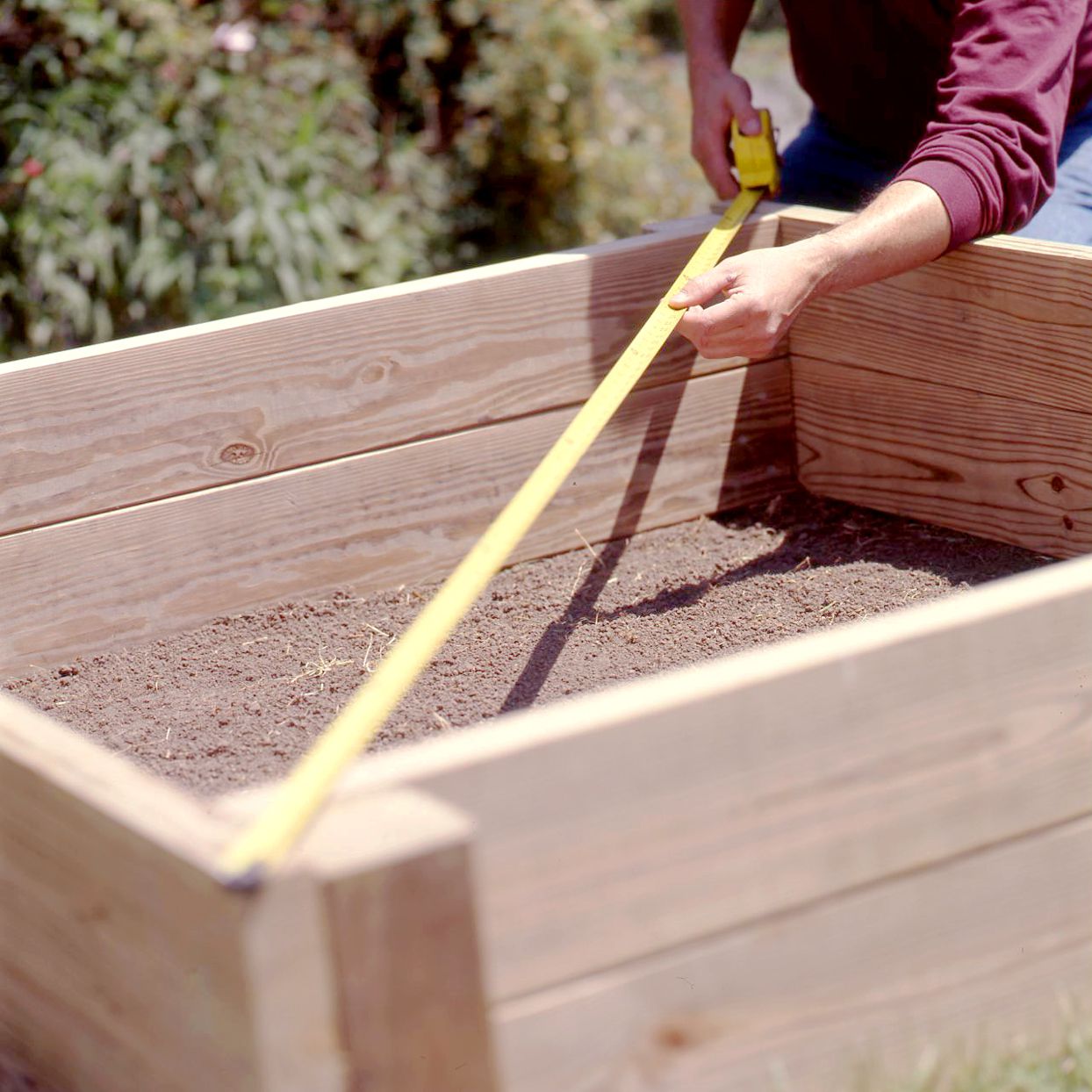
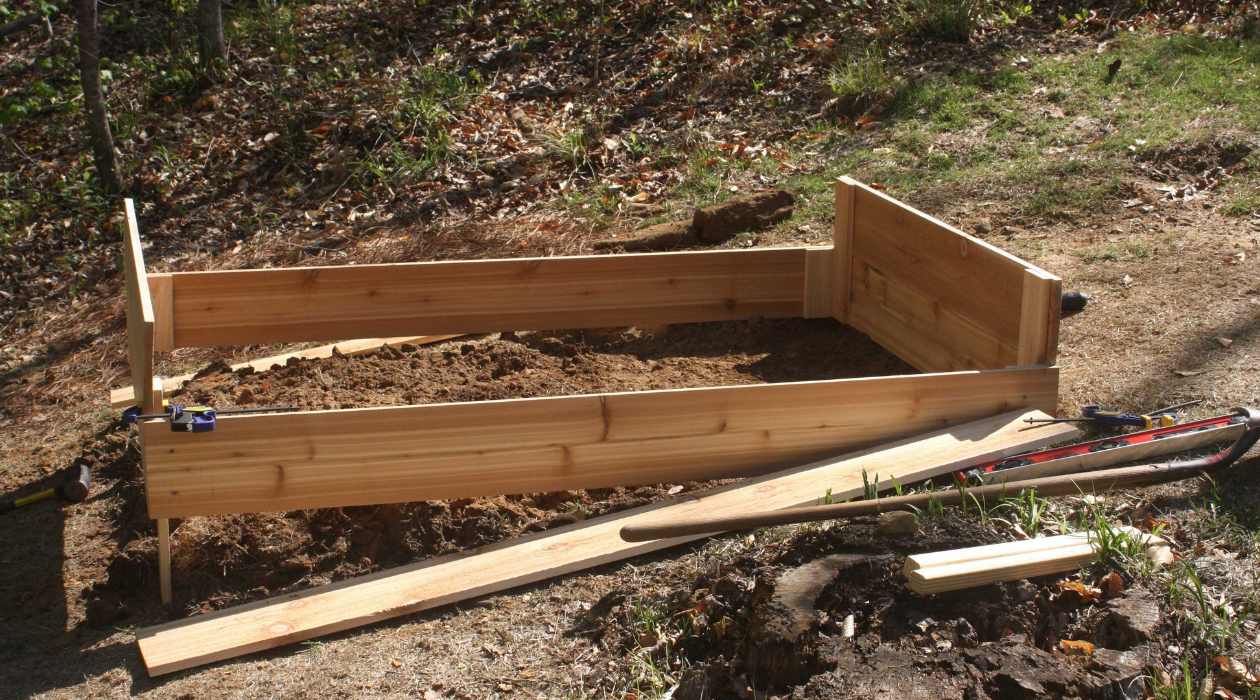

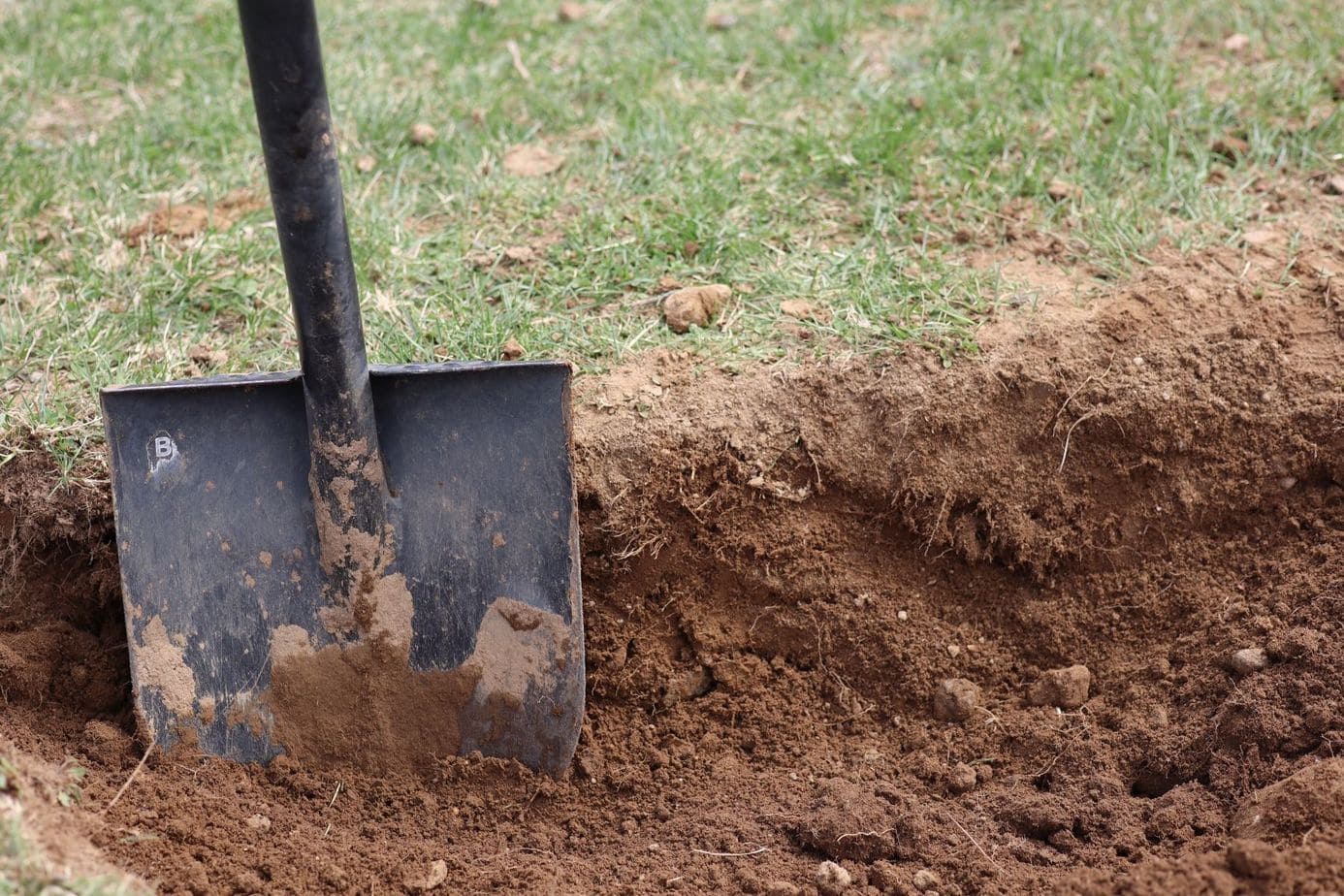
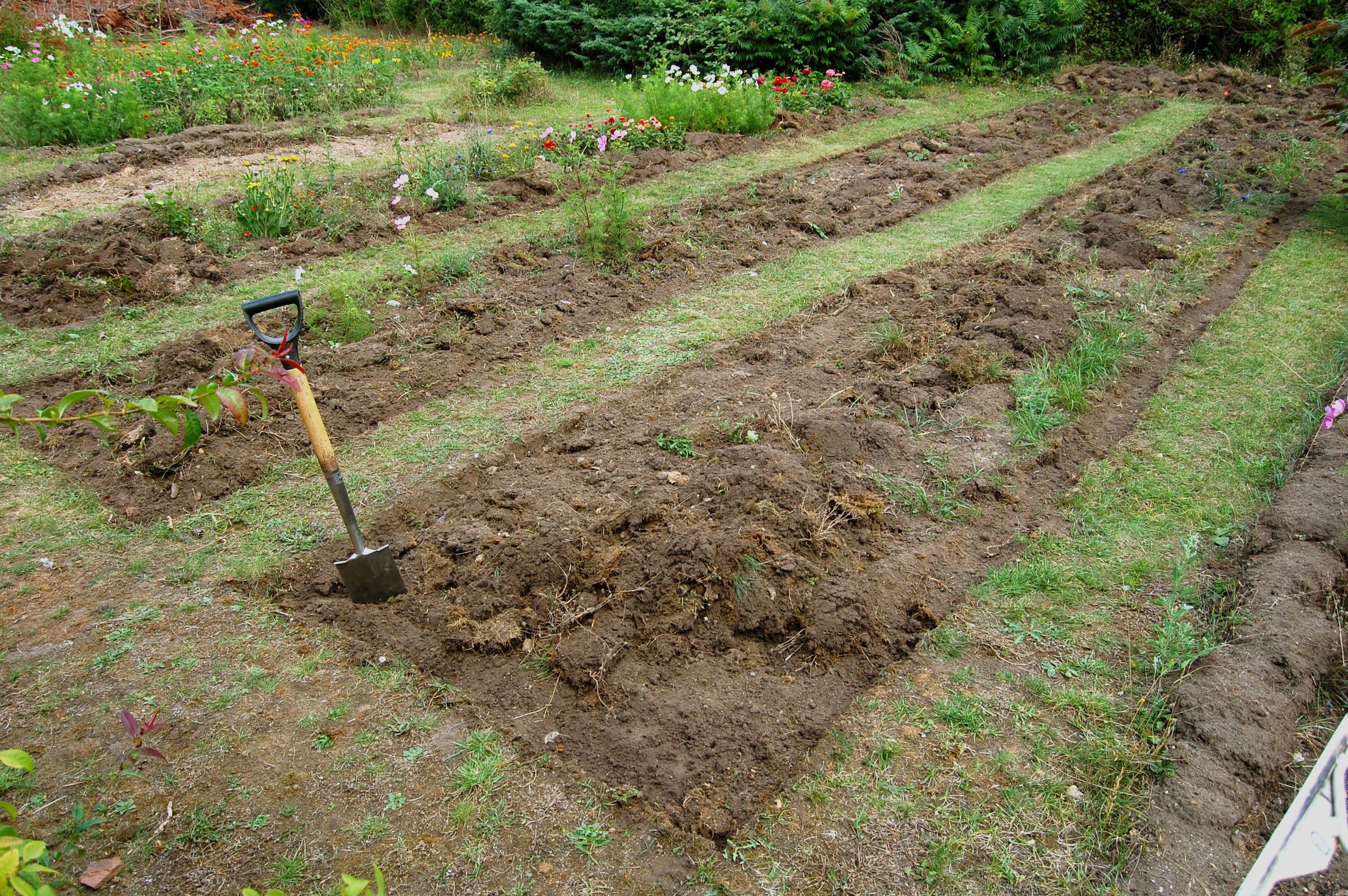
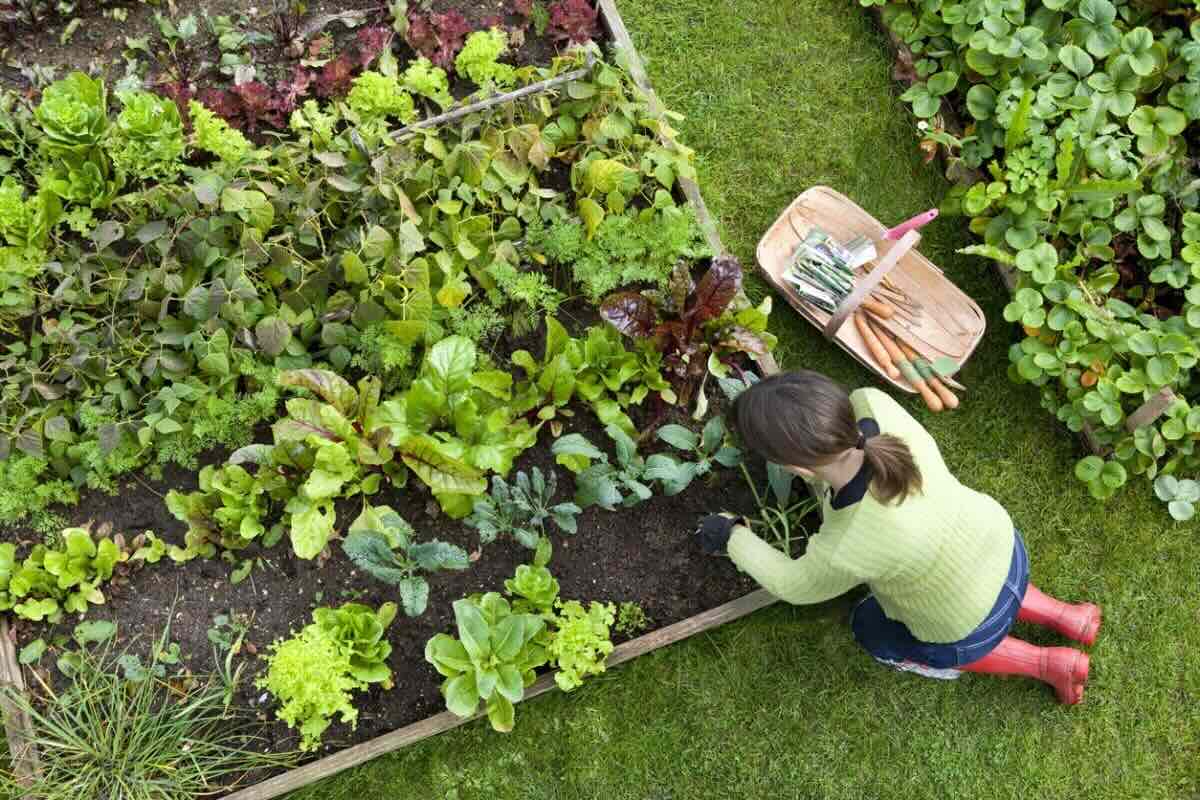
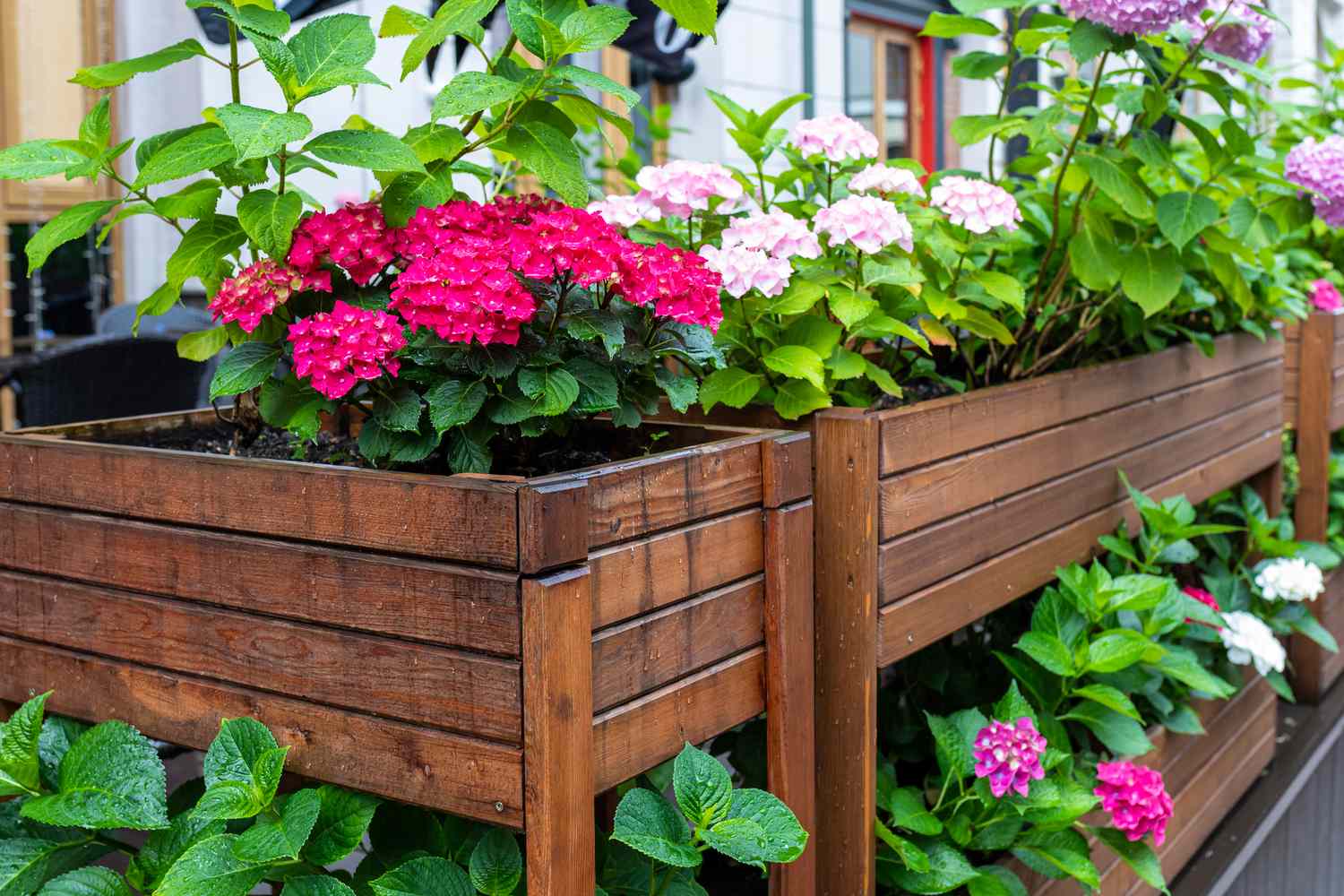
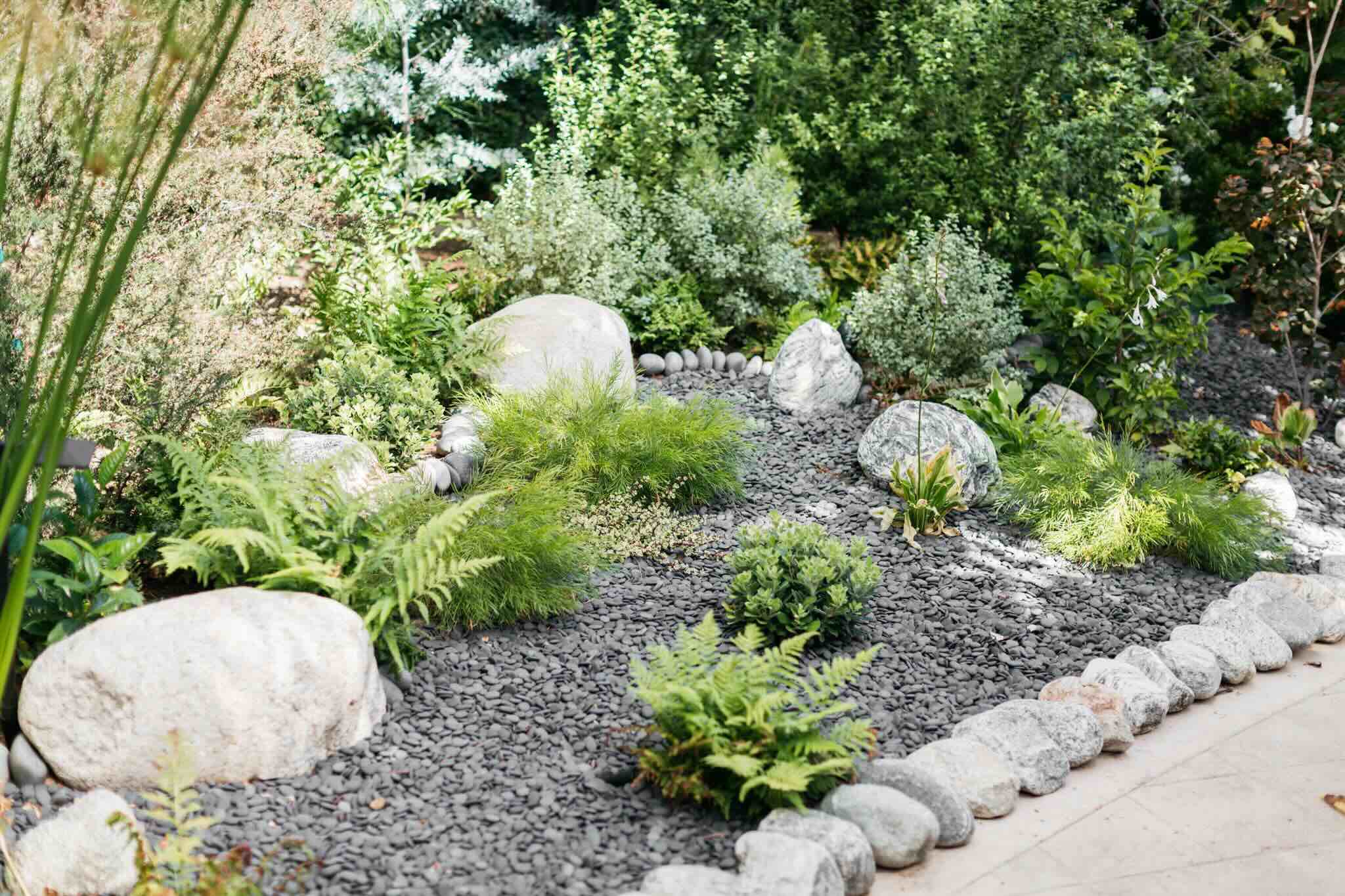
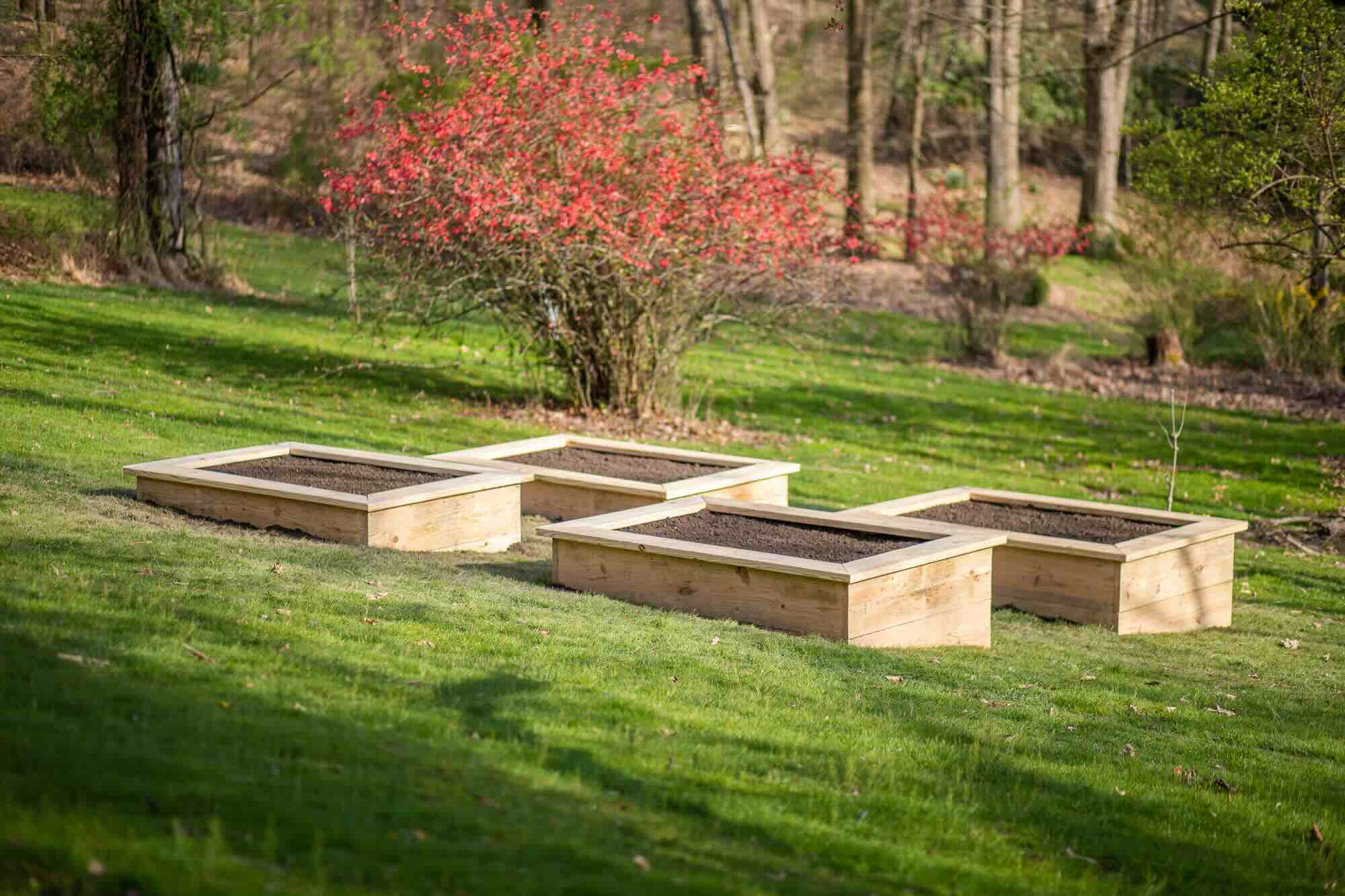

0 thoughts on “How To Prepare A Vegetable Garden Bed”